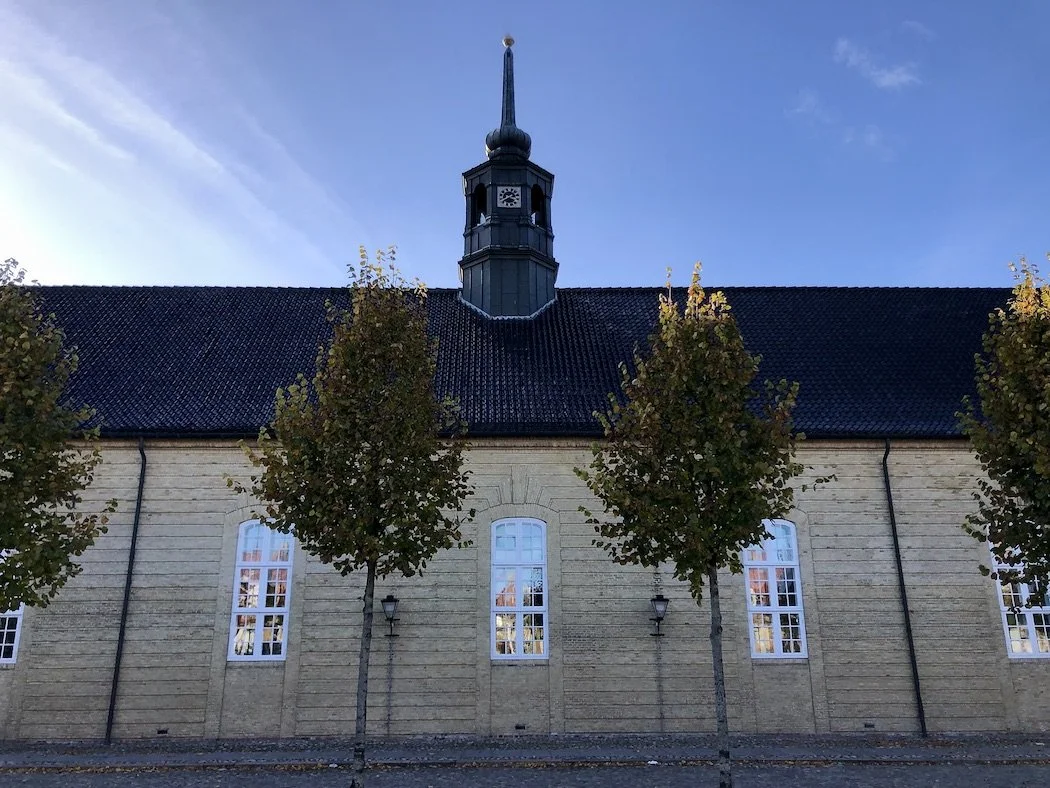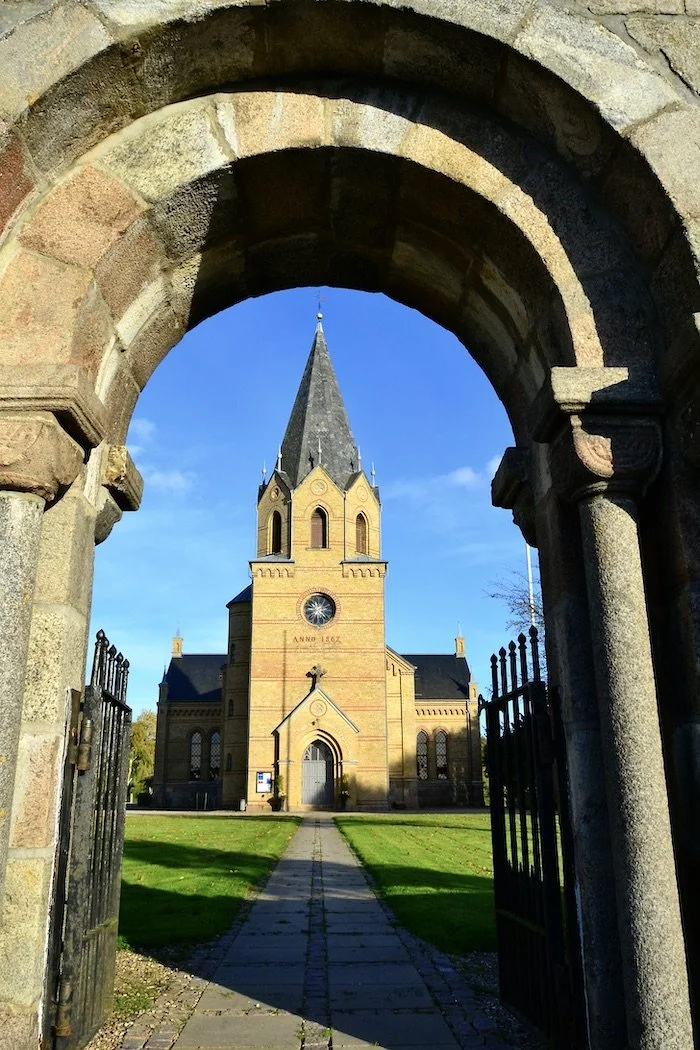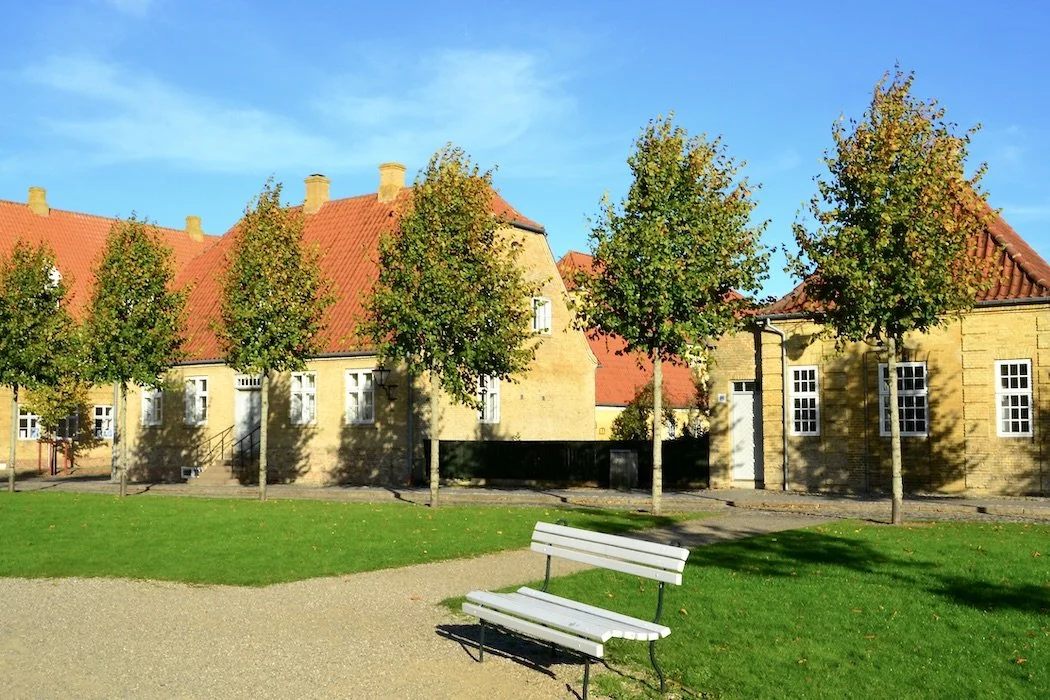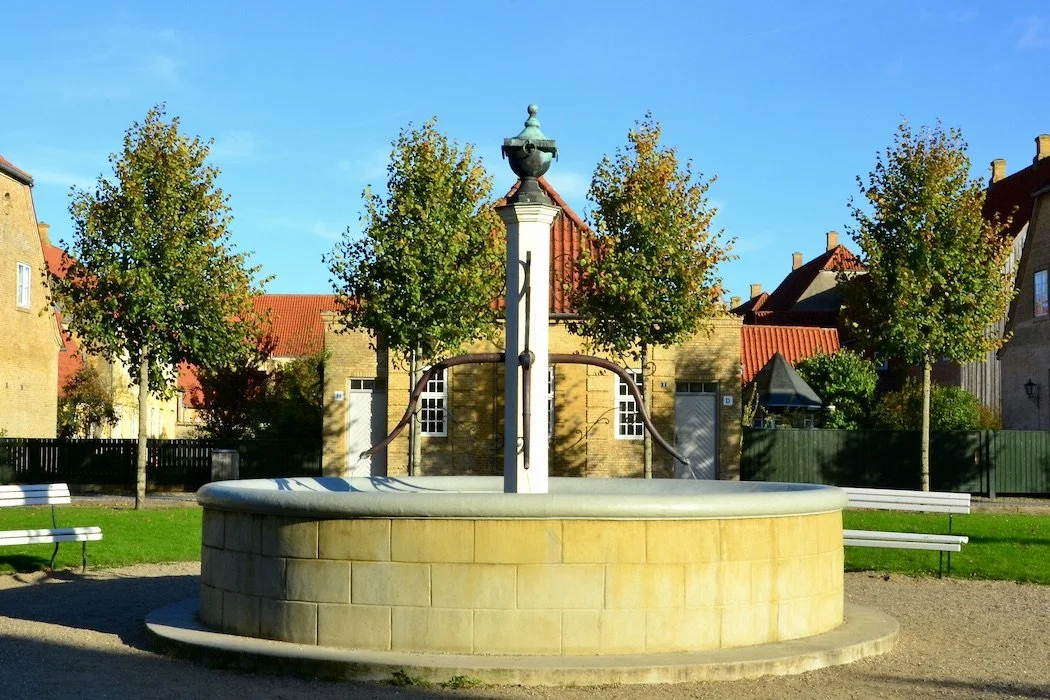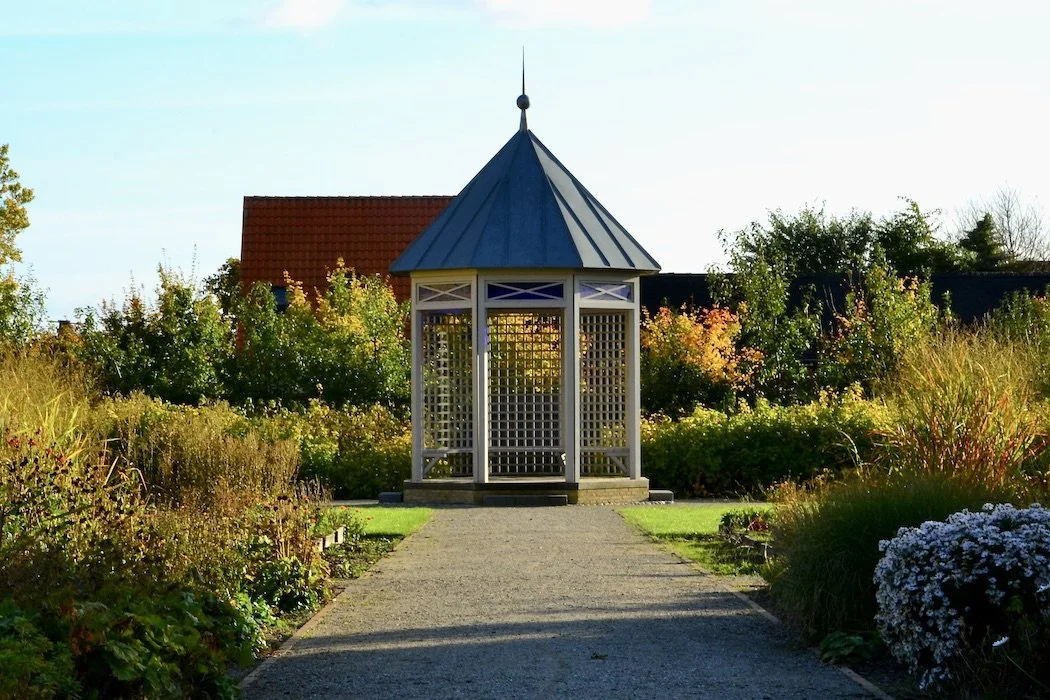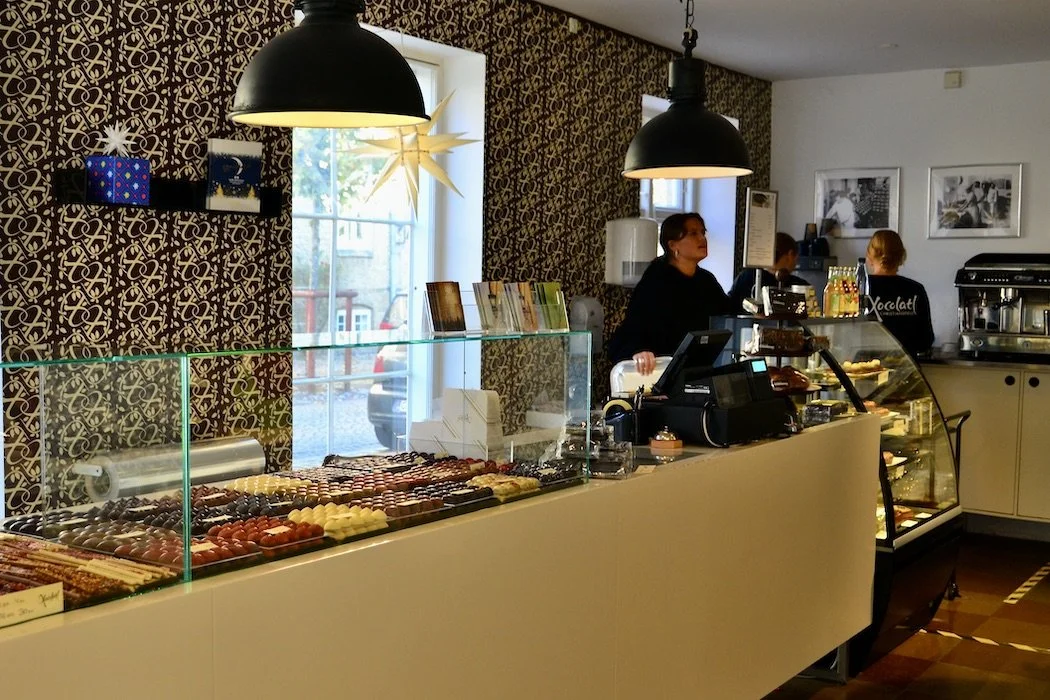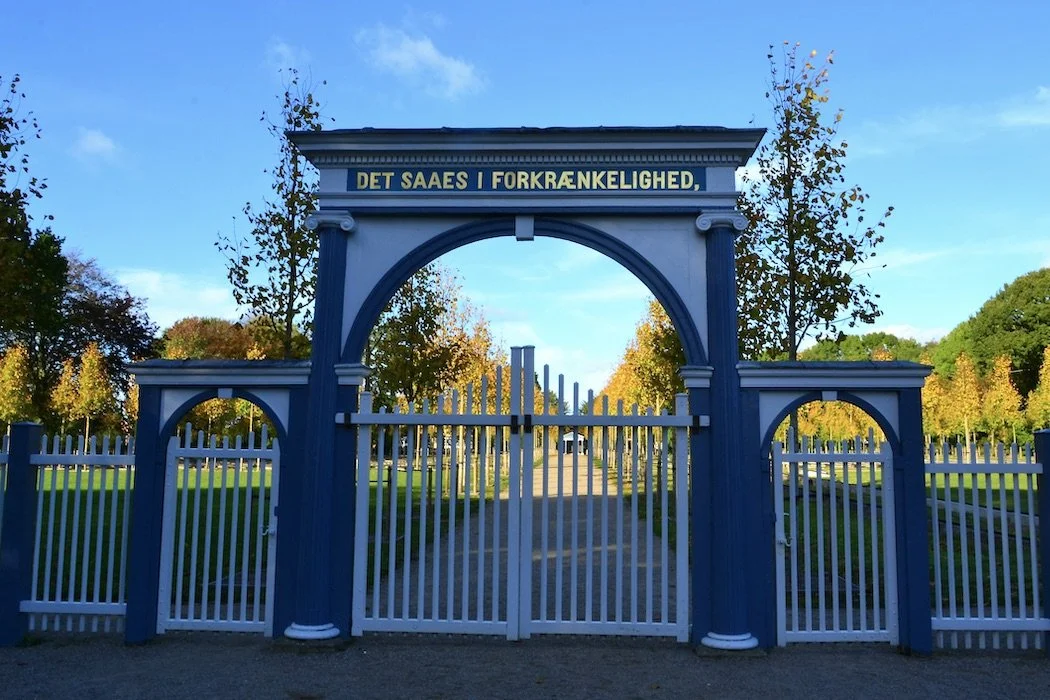Step out of the rush in Christiansfeld
The Hall at Christiansfeld
“…doing things more slowly… means living life instead of rushing through it.” –Carl Honore
The UNESCO-listed town of Christiansfeld in southern Jutland is unlike any other Danish town; it didn’t come into being as a small Viking-era settlement and grow organically during the Middle Ages to become a market town. Christiansfeld was a thoroughly planned town from the start. Inscribed in the World Heritage List in 2015 in its entirety, this quiet place, that almost doesn’t allow rushing through, is an example of exceptional urban planning and unique cultural tradition.
Since the answer lies in the unique and completely preserved architecture of its time, and in a cultural tradition that exists today, how did this place come to be in this place? The royal estate of Tyrstupgård, which occupied the area, was bought by two Danish members of the Moravian Community in 1773 at the invitation of, and with special tax and other privileges granted by, King Christian VII, for whom they then named the town. Their forefathers had fled the religious persecution of non-Catholics in Bohemia/Moravia for Saxony, where they found protection from Count von Zinzendorf. Together, they established the first Moravian settlement, and the Count happened to be related to the Danish King.
The core of Christiansfeld is a rather small place that doesn’t even take half a day to walk around. Linger nonetheless and admire the long straight lines of yellow Flensburg brick houses, all with symmetrical entry doors, modest ornamentation, steeply peaked red tile roofs, and vertical wood casings. Everything is at stringent right angles as the two main parallel streets are intersected by narrower streets. It is such impressively uniform architecture that only the church’s black roof stands out. All this reflects the religious beliefs of simplicity and equality. Rows of green linden trees along each cobbled street and around the large central church square enhance the harmonious feeling even more.
Growth and prosperity came quickly to Christiansfeld through the Moravian’s fine craftsman and manufacturing traditions. They built homes of solid brick without the contemporary timbered frameworks and were masters of high-quality tiled stoves, silversmithing, piano and hat making, book production, and much more. They piped pure spring water 3 km (2 miles) from the forest to ensure the residents remained healthy in a time when contaminated water brought disease to many communities. Then, as now, Christiansfeld was famous in Denmark for delicious honey cakes and three-dimensional advent stars, even among Danes who haven’t visited the town.
Besides a leisurely stroll to admire the architecture, two museums, and other outdoor spaces beckon. The Christiansfeld Center museum showcases examples of exquisite craftsmanship and the town’s cultural history, including the worldwide missionary work of the Moravian Brotherhood. A visit to The Hall reveals the simplicity that the Brotherhood revered. In the town cemetery, called God’s Acre, the markers are identical, and women rest in the eastern half while men rest in the western half, yet again reflecting harmony and complete equality. Another tranquil spot that merits inspection is the inviting Comenius garden,which was modeled on the geometrical flower, fruit, and vegetable gardens that once surrounded Christiansfeld’s homes.
Don’t miss:
Enjoying the quiet and a take-out honey cake sitting on a bench in the main square.
Lunch Tip:
The Gammel Apotek inside or in the back garden for a hearty soup and tartlets.
Subscribe for inspiration to have my posts drop directly into your inbox. *If you enjoyed what you read, please share this post with like-minded travelers.*
*All photographs are mine, taken with my Nikon D3100 or iPhone 12 Pro.*

